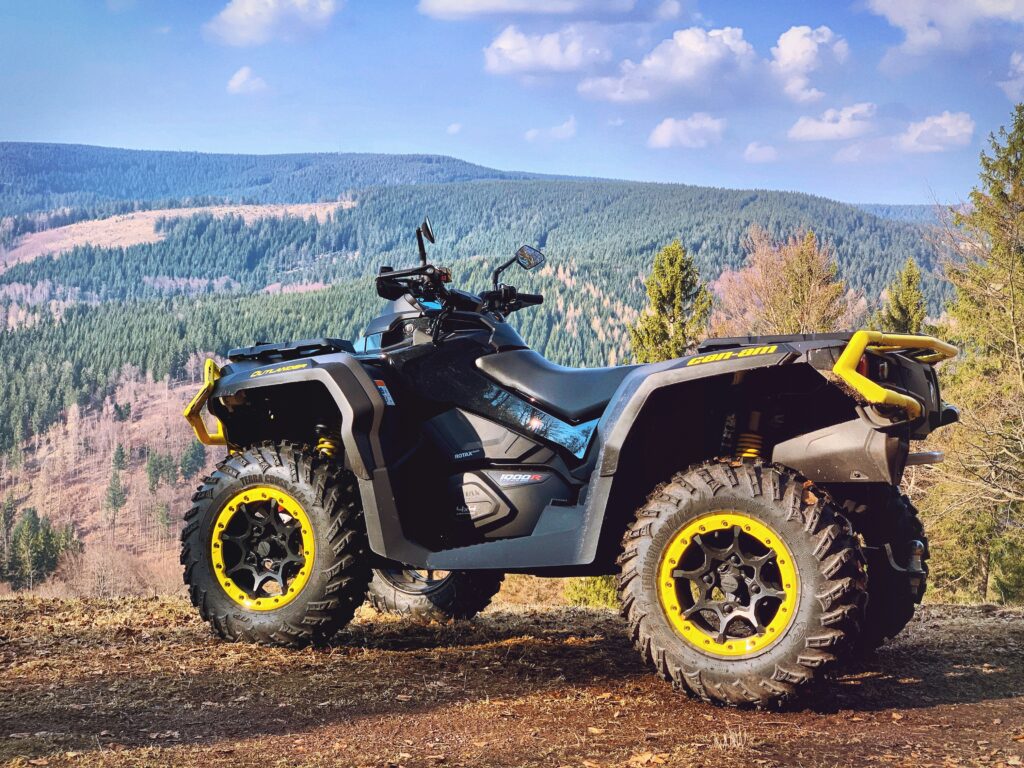Maintaining and repairing All-Terrain Vehicles (ATVs) is crucial to ensuring they perform optimally and last for many years. Whether you use your ATV for recreational purposes or more rigorous activities like farming or hunting, keeping it in top condition is essential. As you consider the ongoing costs associated with owning an ATV, it’s useful to check the current quad bike price before purchasing. This article provides professional tips on how to maintain and repair ATVs, helping you to manage common issues and keep your vehicle running smoothly.
Regular maintenance checks
Check and change the oil regularly: Like cars, ATVs need regular oil changes to keep their engines running smoothly. Depending on the model and usage frequency, oil should typically be changed every 100 hours of operation or at least once a season. Always refer to the owner’s manual for specific recommendations.
Clean or replace air filters: ATVs often traverse dusty and dirty trails. A clean air filter is essential for maintaining good air quality entering the engine, which helps prevent abrasive particles from causing damage. Check the air filter after every ride, cleaning it as needed, and replace it periodically to ensure maximum engine efficiency.
Inspect the tyres: Proper tyre pressure and tread are vital for safe ATV operation. Check the tire pressure regularly and adjust it according to the ATV manufacturer’s specifications. Look for signs of wear or damage, and replace tires that are excessively worn to maintain traction and prevent accidents.
ATV repair tips
Handling brake issues: Brakes are a critical safety feature on any vehicle, including ATVs. Check brake pads and discs for wear regularly. If the brakes start to feel spongy or less responsive, it may be time to replace the brake fluid or bleed the system to remove air bubbles.
Fixing transmission problems: If you notice issues with the ATV’s transmission, such as difficulty in shifting gears or unusual noises, it’s important to address these problems quickly. Check the transmission fluid level and quality, replacing it if it looks dirty or smells burnt. In some cases, adjusting the clutch or replacing worn gears may be necessary.
Electrical system maintenance: Ensure all electrical connections are clean and tight, and check the battery regularly, especially if the ATV has trouble starting. Corrosion can be cleaned from battery terminals with a solution of baking soda and water to ensure a strong connection.
Understanding common on-track damages
ATVs are often subjected to rough conditions, especially when used on rugged trails or race tracks. Common damages that can occur include bent axles and suspension components, which result from hard impacts with rocks or uneven ground. Frame damage is also a possibility in severe cases, particularly if the ATV rolls over. Regular inspections can help identify such issues early before they lead to more significant problems or safety hazards.
When to seek professional help
While many ATV maintenance and repair tasks can be handled at home, some issues should be addressed by professionals, especially those related to the engine or electrical systems. If you encounter complex mechanical failures or if the ATV requires specialized tools or knowledge, consider taking it to a certified repair shop. Professionals can also offer advice on how to repair an ATV with more severe issues and can ensure that all repairs are performed correctly and safely.
Final thoughts
Regular maintenance is key to extending the life of your ATV and ensuring it is safe to ride. By following these tips and understanding when professional help is needed, you can enjoy many reliable years from your ATV. Remember, always consult the owner’s manual for specific maintenance guidelines and seek professional advice when in doubt.
The article Essential tips for ATV maintenance and repair first appeared in TravelDailyNews International.


+ There are no comments
Add yours